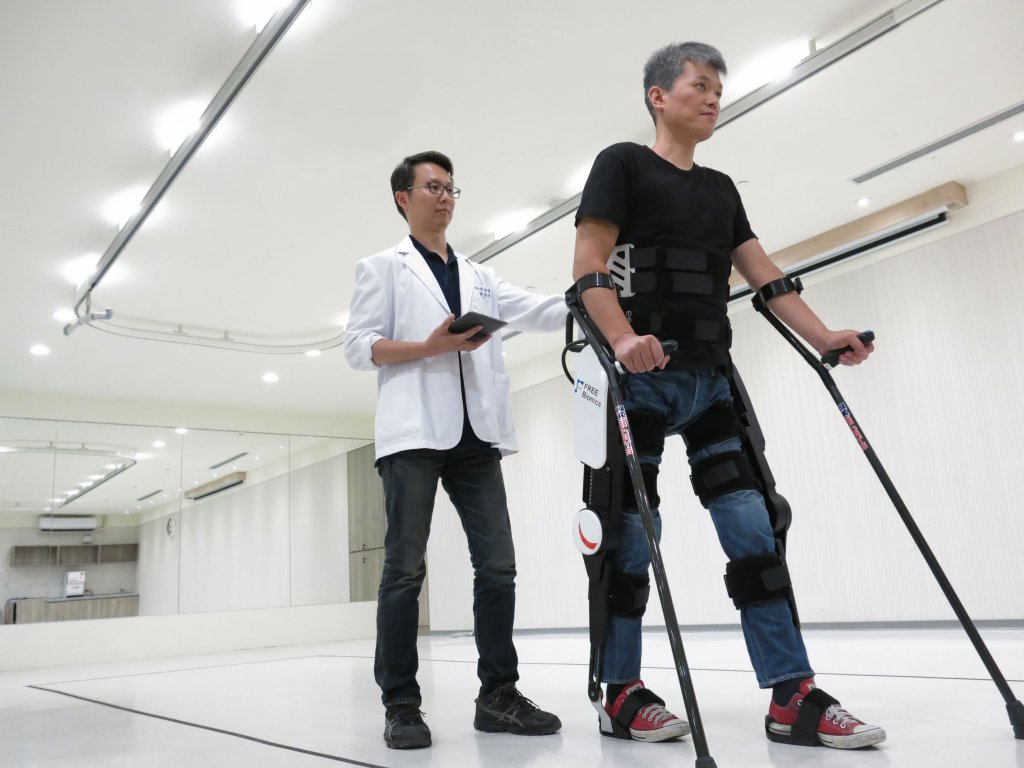
FREE Bionics Taiwan Inc.
FREE Bionics’ journey began at the first team of scientists in ITRI Taiwan (Industrial Technology Research Institute, the national leading institute which developing robotic technology) . After overcoming obstacles and challenges, with 2016 R&D 100 award, our team spun off from ITRI in 2017. We are the first independent company in Taiwan developing powered exoskeletons, exo-suits and bionic technology products.
By supporting or enhancing human strength and mobility on medical and industrial fields, we aimed to increase global working population and human potential. We provide various exoskeleton products and solutions to make people’s life easier and better.
Our exoskeleton bionic technology products have received market approvals such as TFDA, CE, and FDA, and they are sold in 20 countries. They are applicable not only to medical rehabilitation training, sports training, and gait training but also to daily assistance.
Data-oriented robotics exoskeleton rehabilitation system
Solution Description
FREE Bionics offers the world's first exoskeleton robotic rehabilitation system consists mainly of the joint activity training robot "NimBO", and the lower limb exoskeleton robot "FREE Walk". Which integrates precise data analysis to form a comprehensive and precise rehabilitation solution driven by data.
NimBO is apply on measuring movement angles and muscle strength of six major joints of the patient's upper/lower limbs, analyzing the bottleneck of the patient's movement ability, and then to guide the patient to conduct correct movement training to improve joint mobility.
In addition, FREE Walk provides patients with functional movement needs of the lower limbs. The power assistance and movement guidance allow patients to perform nerve reshaping of lower limb movements and core training of the trunk, which can significantly improve mobility for patients in both acute and chronic stages.
This system shows significant improvement in mobility for both acute and chronic patients.


 、Firefox
、Firefox  、Edge
、Edge  瀏覽器!
瀏覽器!